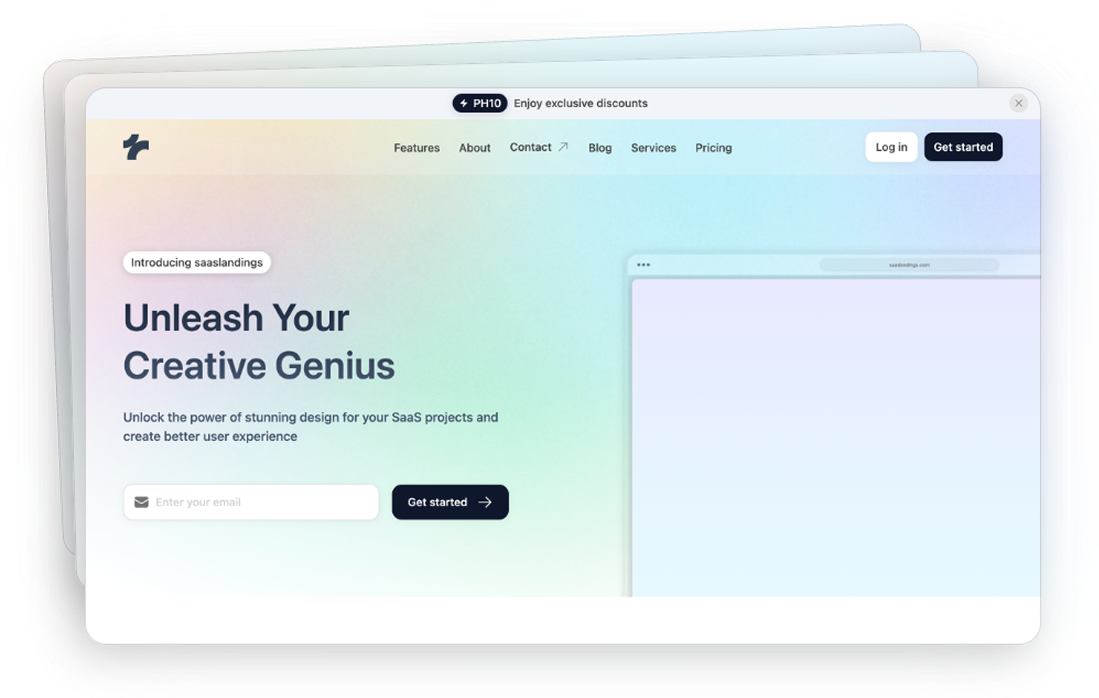
Blog Components
Showcase posts with Tailwind blog grids, hero stories and author cards. SEO-friendly layouts that drop straight into any site or CMS.
Blog 1
Grid layout with filter tabs and cards showing post title, summary and author
Blog 2
Blog hero section with large heading, subtext, filter tags and post cards
Blog 3
Hero section with headline, description, filter tabs and spacious card grid
Blog 4
Engaging hero with punchy headline, subtext, filter pills and detailed cards
Blog 5
Hero heading and tabs above two‑column posts with summaries and buttons
Blog 6
Two‑column blog feed with large image thumbnails, tag badges and post details
Blog 7
3-layout blog card items
Can’t find the answer?
Contact us
